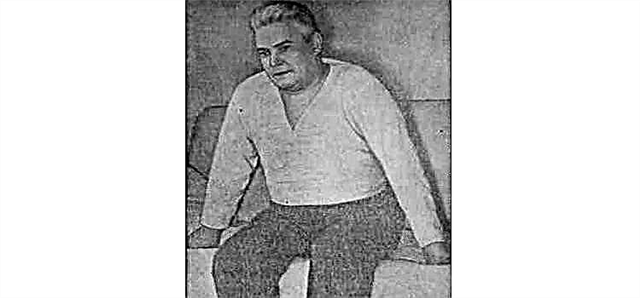How the development of arrhythmia is associated with osteochondrosis
Osteochondrosis is one of the most common degenerative diseases of the spine. Its effect on the body is redefined by the department it affects. For example, dysfunction of the autonomic nervous system, especially in individuals with thoracic and cervical osteochondrosis, can lead to hypotension, bradycardia, and arrhythmias. In addition to this, deep venous thrombosis and coronary heart disease can develop.
Most often, the progression of arrhythmia against the background of osteochondrosis is associated with compression of the vertebral artery, irritation of the nerve roots, hernia or protrusion of the disc.
Patients may complain of dizziness or even loss of consciousness, as well as nausea, weakness and blurred vision, and increased heart rate. Without treatment, symptoms progress and the condition worsens.
Arrhythmia is a malfunction of the heart that affects its speed or rhythm. Arrhythmia occurs when the electrical impulses that direct and regulate the heartbeat are not functioning properly. You can combine them into several groups:
- acceleration of the rhythm (tachycardia);
- slowing down (bradycardia);
- premature contractions (extrasystole);
- chaotic or inconsistent formation of impulses (atrial fibrillation).
Depending on the location of the impulse, arrhythmias can be sinus or not.
Arrhythmia with exacerbation of cervical osteochondrosis
Cervical osteochondrosis not only makes the patient feel discomfort in the neck, restricts movement, but also affects the work of internal organs, including the cardiovascular system. This leads to chest pain, heart palpitations, throbbing in the head, ischemia, cardiomyopathy, extrasystoles, high blood pressure. This symptom complex is called "cervical angina", "cervical arrhythmia", "cervical hypertension", collectively known as "neck syndrome".
Lesion in the thoracic region and rhythm disturbances
The thoracic region is the area of the spine under the neck that is connected to the ribs. It consists of 12 vertebral bodies with intervertebral discs. The disc acts as a cushion and also provides flexibility. A disc can wear out over time, age, or trauma. Subsequently, the disc degenerates, and the space between the vertebral bodies decreases.
Arrhythmia in osteochondrosis of the thoracic spine is manifested by pain in the upper or middle back and chest. If the disc is severely damaged, bone spurs can form and restrict the movement of the thoracic spine. Spurs can cause narrowing of the spinal canal. If the compression in the spinal cord increases, it can cause numbness, tingling, and possible weakness in the limbs.
Diagnostics and treatment
Determining the cause of the disease is the first step towards highly effective treatment. For this, various methods and technological capabilities are used, but most often - X-ray and MRI, electrocardiography and echocardiography of the heart.
Initial diagnosis is done with X-rays, and an MRI can show us the degree of degeneration.
Arrhythmic heartbeat in osteochondrosis must be treated with the elimination of the cause. If structural changes in the heart have not yet occurred, the process can be reversed. That is, you need to focus on correcting disorders of the spinal column.
To relieve pain, use non-steroidal anti-inflammatory drugs (for example, "Ibuprofen"). In addition to this, there are a number of non-surgical treatment options that can help relieve pain:
- physiotherapy and exercise (Mackenzie gymnastics, ultrasound therapy);
- traction (traction) of the spine;
- chiroplastic manipulation (to reduce joint dysfunction);
- osteopathic procedures;
- correction of the motor regime;
- muscle relaxants;
- injections and blockades.
In some cases, surgical treatment is carried out.
Conclusions
Osteochondrosis is a complex of degenerative disorders that affects the spinal column and can cause a malfunction in the functioning of internal organs, including the appearance of arrhythmias.
In most patients, osteochondrosis is treated without surgery. Physical therapists recommend aerobic exercise (walking, cycling), strengthening the muscular frame of the back, and skeletal traction. Surgery may be indicated if there are abnormal bone structures and neurological symptoms such as numbness, tingling, and weakness in the legs.
In any case, treatment should be individual and comprehensive.



